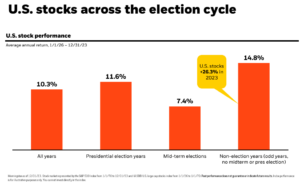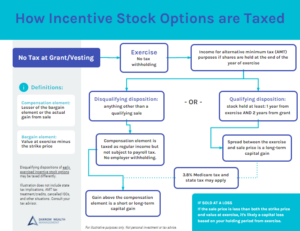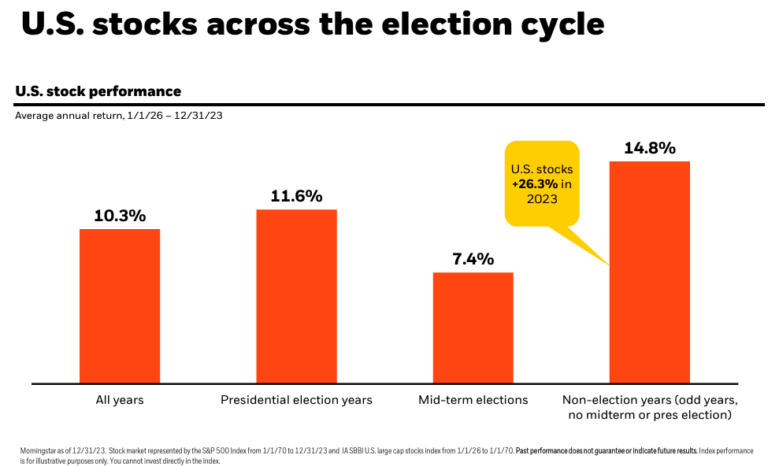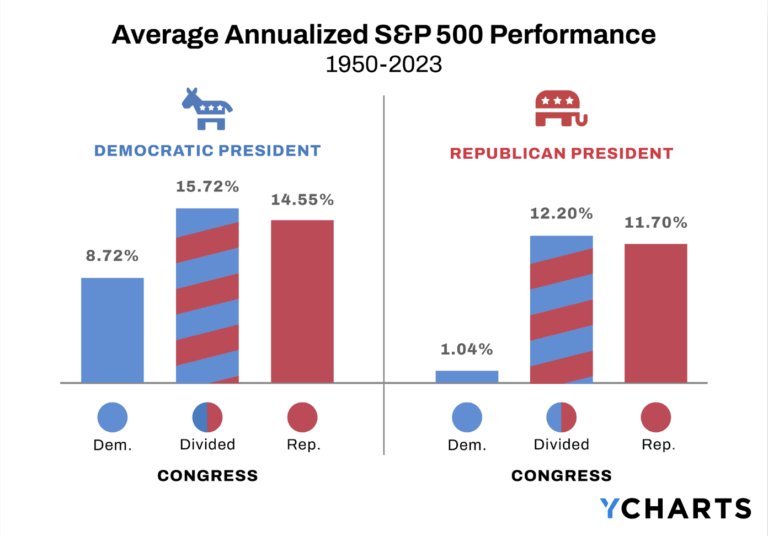Tax-loss harvesting is the process of selling an investment at a loss to offset other gains or carry the loss forward to future years. It’s the ultimate silver lining: using the recent losses in your investment account to your advantage. During widespread selloffs, most equity positions have lost value relative to their value on January 1st. While it’s never a good for your account to lose value, the downturn in the stock market may be is a tax-loss harvesting opportunity. Investors should weigh the pros and cons of repositioning accounts to reduce taxable gains by harvesting losses.
Tax-Loss harvesting to reduce taxable gains
Tax-loss harvesting means selling an investment that has lost value in your portfolio to ‘realize’ the loss for tax purposes. The loss can be used to offset taxable capital gains and possibly reduce ordinary income by up to $3,000 in the current year. The remainder (if any) can be carried forward as a tax deduction in future years.
You wouldn’t use tax-loss harvesting on a retirement account, as funds will either be withdrawn tax-free (if a Roth account) or considered ordinary income for tax-deferred accounts. But for people utilizing a brokerage account, tax-loss harvesting could present a significant tax planning opportunity.
Tax-loss harvesting after big losses in the stock market
Individuals who have been investing for years may still have positions with taxable gains despite the recent downturn. Whether you have gains and losses, or just losses, tax-loss harvesting could be a tax-efficient way to reposition your portfolio or as part of periodically rebalancing your account.
Since selling positions in a brokerage account is a taxable event, sometimes investors hang onto a stock, ETF, or mutual fund longer than they would have if it didn’t mean paying tax. By tax-loss harvesting, unwanted positions can be sold to minimize the tax impact by working to match losses with gains.
At a high level, here’s how it works:
Your taxable capital gain or loss will ultimately depend on how your gains and losses net out at the end of the year. The process for netting capital gains first applies to gains and losses of the same holding period: long-term gains and losses are netted against each other, and separately, short-term gains are used to offset short-term losses. If the resulting short-term and long-term figures involve a gain and a loss, they are netted once more.
When to consider harvesting losses
It’s important not to let the tax-tail wag the dog. Tax-loss harvesting isn’t necessarily the best plan if you’re only doing it for tax reasons. But if you have other changes you’d like to make to your investments, it can be a great strategy.
Tax-loss harvesting can be a good way to:
- Diversify a concentrated stock position
- Sell an investment no longer aligned with your goals or strategy
- Reposition your portfolio with a neutral tax impact
- As part of periodic rebalancing
Here’s an example:
Assume Devon has the following long-term gains and losses. Devon has a concentrated position in stock A which are stock options he has been looking to diversify. He also wants to sell fund B and reinvest in another mutual fund with a lower cost and better diversification.
Assuming no other gains or losses for the year, if Devon sold both these positions he would have a $15,000 long-term capital gain. In 2022, long-term capital gains rates are 0%, 15%, and 20%.
| Gain/Loss* | ||
| Fund/Stock | 1-Jan | 25-Mar |
| Stock A | $100,000 | $50,000 |
| Fund B | $2,000 | ($35,000) |
| Fund C | $35,000 | $10,000 |
| ETF D | $55,000 | $40,000 |
*Gain or loss from cost basis for tax reporting
If Devon sold these positions on January 1st, he would have had a $102,000 long-term capital gain!
A word of caution: tax-avoidance isn’t an investment strategy. If you have substantial gains and wish to make changes to your allocation, consider doing so immediately or over two or more tax years. We all want to reduce tax on our investments, but this needs to be balanced with the possibility that paper-profits evaporate entirely.
What you need to know before harvesting losses
Wash-sale rules
Wash-sale rules are one of the most important parts of tax-loss harvesting to be aware of. Under the wash-sale rule, if an identical or substantially identical asset is purchased within a 30-day period (before or after) when an asset was sold for a loss, the loss will be disallowed. The wash-sale rules are in place to prevent taxpayers from selling an asset just for tax benefits.
As part of rebalancing
You can also incorporate tax-loss harvesting into your rebalancing strategy. During sharp downturns or periods of extreme growth, your portfolio can deviate from target very quickly. Rebalancing is the process of recalibrating your portfolio back to your original targets. If you’re already selling part of your portfolio to realign your balances, you may want to consider tax-loss harvesting as part of this process.
There are also other strategies and considerations to be aware of. Learn more about tax-loss harvesting and whether it’s a good idea.










